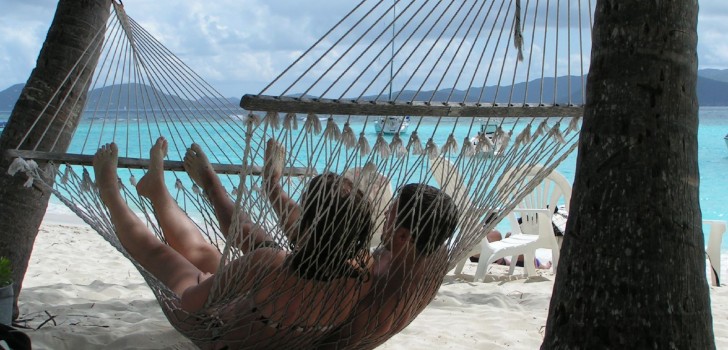There’s trouble in paradise. Hawaii currently has the country’s highest rate of homelessness per capita. With nearly 500 people per every 100,000 residents homeless, the island state has more displaced people than New York and Nevada.
The state’s number of homeless people increased even during the economic recovery of 2010. During this time, most of the country experienced a decline in homelessness. The increase in homelessness has been caused by rising costs, low wages and a limited supply of land. Indeed, the scene of people sleeping on beaches with nowhere else to go is a very common sight.
The situation is so bad that state officials have even proposed using shipping containers as temporary housing for homeless people. The most populated island, Oahu, has also offered services for the homeless, and they have banned the practices of sitting and lying on the sidewalks.
Hawaii Governor David Ige has declared a state of emergency because of the homeless problem. Homeless shelters in Oahu simply do not have enough beds in order to keep up with the number of destitute people.
By 2020, the state will need 27,000 affordable renting units. Right now, they only have enough money for 800. Estimates show that the state will need more than $800 million over the next decade in order to simply maintain current housing. Hence, raising money for even more housing will be a serious challenge.
Right now, it often takes people over five years in order to move into state-run public housing. Meanwhile, the waiting for Section 8 rent assistance was so long that the state shut it down to newcomers. Additionally, the rate of homeless families increased by 46% from 2014 to 2015.
Many homeless people are staying at encampment sites in tents that aren’t exactly suitable for long term living. At one site, a survey showed that 42% of the 300 people staying there were with their families. Even at these sites, overcrowding prevents many people from getting in. There’s a joke at one encampment site that the strip of waterfront tents with the prime view is called the “Hilton”. Some people have lived in encampments for over a decade.
Many of the people coming to Hawaii for permanent residence are Pacific Islanders, hoping that the United States will be able to provide them with better jobs, medical care and education. When the homeless services promptly let them down, they are stuck homeless, often worse than before they arrived.
Meanwhile, Native Hawaiians, who often blame the United States government for destroying their once quiet islands, are outraged by the situation. They don’t like seeing beaches become overly crowded and many of their people forced to live on the streets.
Native Hawaiian Deja-Lynn Rombawa-Quarles said, “Everything’s pretty much getting stripped away from us. There’s no aloha anymore in Hawaii.”
As for the government, they are doing everything they can. The city of Honolulu spends $15,000 on a weekly basis in order to clean up temporary homeless camps that have been established in order to give homeless people a place to stay for a short period of time.
These camps are “cleaned” on a nightly basis, but many families have complained that they have lost personal possessions during these cleanings. Many people staying at the camps have said that they are treated like animals.
The city’s mayor Kirk Caldwell said, “People cannot camp and take over parts of our city and state property that has been built and designed for everyone, not one specific group. It’s not safe.”
The situation is so bad that some people have even tried constructing their own homes. They use discarded tarps and broken fences, trying to simply get themselves and their families out of the rain.
And with minimum wage at just $8.75 an hour, the situation does not look to be getting any better for many of these people. A large portion of the homeless people also have mental health or substance abuse problems that make them unable to do any work.
Although Hawaiian cities are setting aside money to develop affordable housing, it does not look like it’s going to be enough. With too many people on waiting lists, not everyone is going to be satisfied. They simply have nowhere to go.
Stay Connected